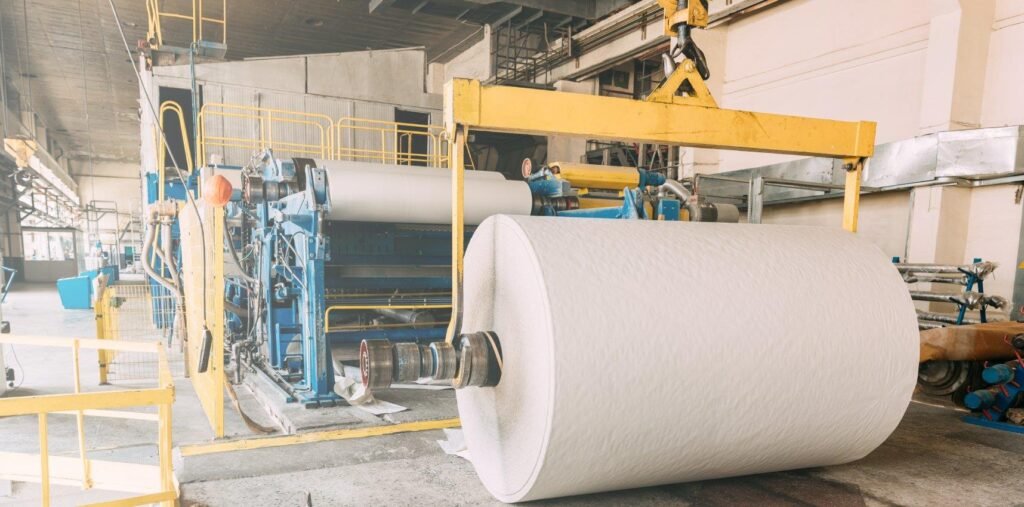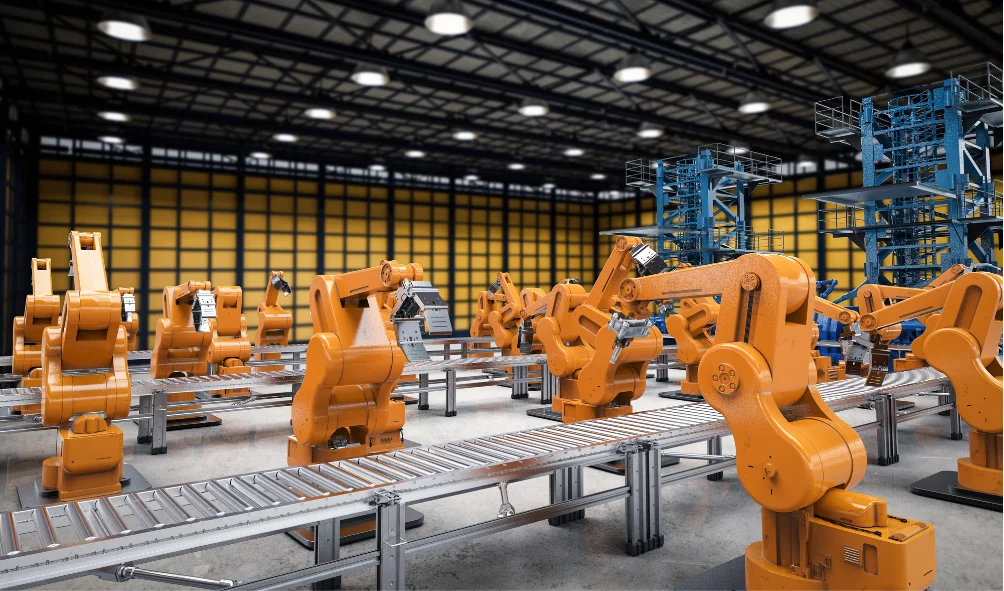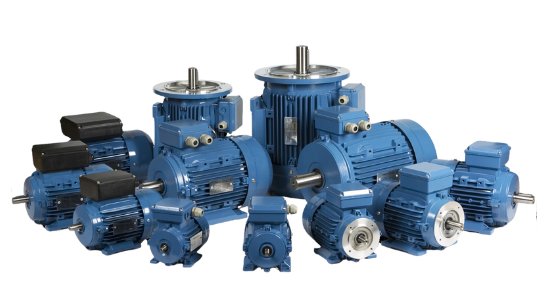The paper industry, vital for producing packaging, printing, and hygiene products, relies heavily on energy-intensive processes. In the quest for efficiency and sustainability, electric motors have become indispensable in modern paper manufacturing. Their ability to provide reliable, precise, and energy-efficient power has transformed how paper is produced.
This blog explores the impact and applications of electric motors in the paper industry, highlighting their contribution to operational excellence and environmental sustainability.

Impact of Electric Motors in the Paper Industry
1. Energy Efficiency
The paper industry is among the top energy consumers globally. Electric motors help mitigate energy consumption by:
- Powering equipment with high efficiency.
- Reducing energy wastage through advanced technologies like Variable Frequency Drives (VFDs).
- Offering lower operational costs due to reduced energy usage.
2. Environmental Sustainability
Electric motors play a crucial role in reducing the carbon footprint of paper manufacturing by:
- Enabling efficient power utilization and minimizing greenhouse gas emissions.
- Facilitating the adoption of renewable energy sources in production plants.
3. Enhanced Productivity and Reliability
Electric motors are designed to meet the demanding requirements of paper mills, ensuring:
- Smooth and continuous operation of machinery.
- Reduced maintenance needs and downtime due to robust construction.
- Precise control for high-quality output in various processes.
Applications of Electric Motors in the Paper Industry
1. Pulp Preparation
Electric motors power pulpers, refiners, and agitators to break down raw materials like wood, recycled paper, and agricultural residues into pulp. Their consistent torque and speed control enhance material processing.
2. Paper Machines
Paper machines rely heavily on electric motors to drive critical components, such as:
- Press Sections: Motors deliver the high pressure needed to remove water from the pulp.
- Dryer Sections: Precision-controlled motors ensure uniform drying of paper sheets.
- Calenders: Electric motors enable the rollers to impart smoothness and gloss to the paper.
3. Material Handling
Motors operate conveyors and elevators used to transport raw materials, pulp, and finished products within the plant.
4. Coating and Finishing
Coating and finishing equipment, such as slitters, rewinders, and laminators, depend on motors for precision operations. Their variable speed capabilities enhance the accuracy of the final product.
5. Auxiliary Systems
Electric motors also support auxiliary systems like pumps for water circulation, blowers for air supply, and compressors for vacuum generation, all of which are essential for smooth production.
Advancements in Electric Motor Technology for Paper Mills
1. High-Efficiency Motors
Energy-efficient motors, such as IE3 and IE4 models, help paper manufacturers meet energy standards while reducing electricity bills.
2. Smart Motors with IoT
IoT-enabled motors equipped with sensors provide:
- Real-time monitoring of motor performance.
- Predictive maintenance alerts to minimize unexpected downtime.
- Data insights for optimizing production processes.
3. Direct Drive Motors
Replacing traditional belt and gear systems with direct drive motors reduces energy losses, improves efficiency, and simplifies maintenance.
4. Variable Frequency Drives (VFDs)
VFDs allow motors to adjust speed based on process requirements, leading to energy savings and improved operational flexibility.
Challenges and Solutions
Challenges:
- Harsh Operating Conditions: Paper mills often expose motors to high humidity, dust, and temperature variations.
- High Initial Investment: Advanced motors and associated technologies may require substantial upfront costs.
Solutions:
- Protective Features: Motors with protective enclosures and coatings withstand harsh conditions effectively.
- Lifecycle Cost Analysis: Although the initial investment in high-efficiency motors is significant, the long-term energy and maintenance savings make them cost-effective.
Benefits of Using Electric Motors in the Paper Industry
- Reduced Operational Costs: Energy-efficient motors lower electricity bills and maintenance costs.
- Increased Product Quality: Precise speed and torque control improve the consistency and quality of paper products.
- Sustainability Compliance: Electric motors enable paper mills to meet environmental standards and contribute to a greener future.
Future Trends
The paper industry is poised to leverage advanced electric motor technologies to achieve greater efficiency and sustainability. Key trends include:
- Increased adoption of renewable energy-powered motors.
- Wider implementation of digital twin technologies for motor performance simulation.
- Advancements in motor designs to enhance energy recovery and reduce waste.
Conclusion
Electric motors are revolutionizing the paper industry, driving efficiency, sustainability, and innovation. As the industry strives to meet rising demands while reducing its environmental impact, the integration of advanced electric motor technologies will play a crucial role in shaping its future. What other advancements do you think could further enhance the role of electric motors in paper production? Share your insights below!







